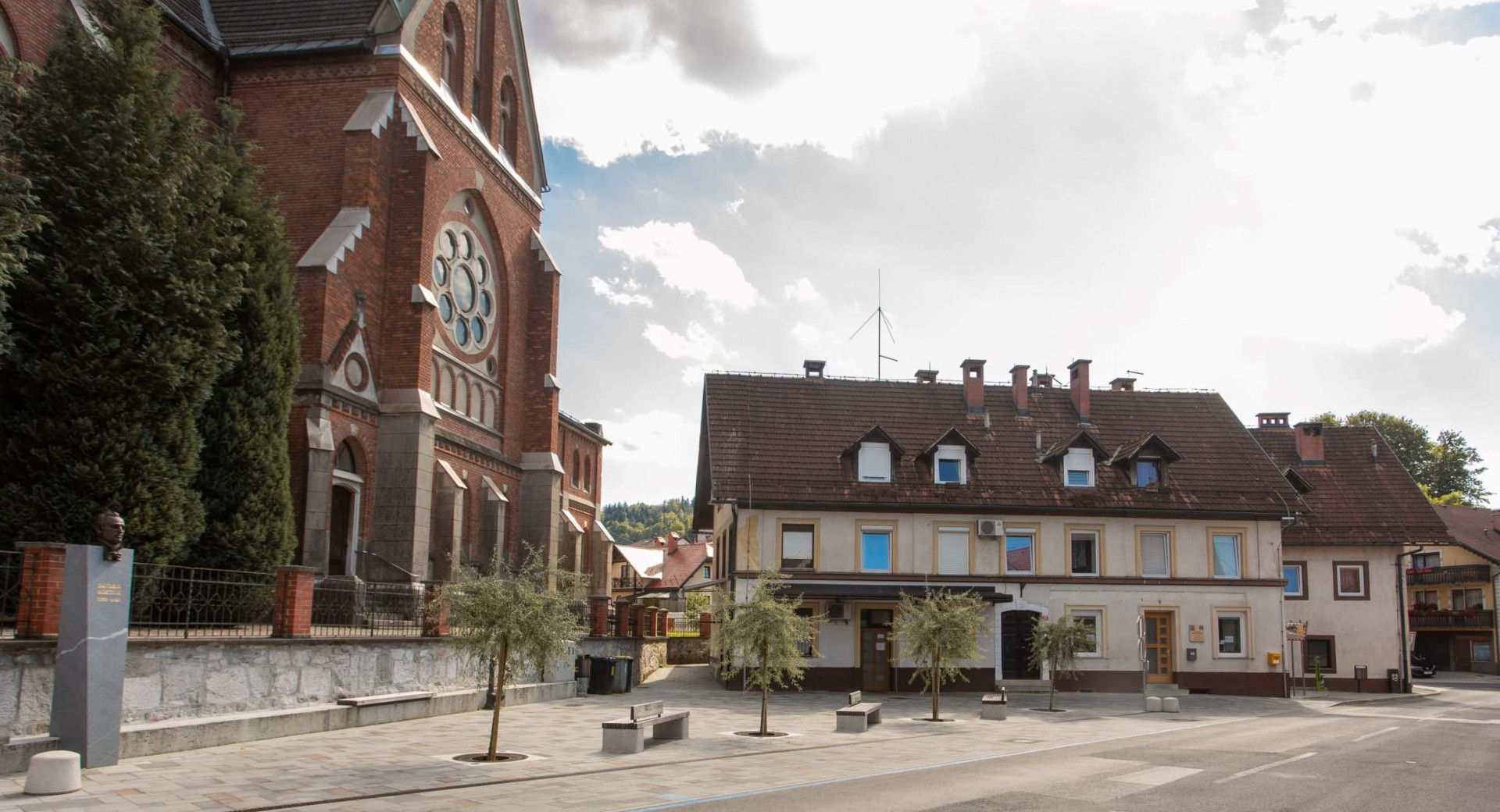Šmartno pri Litiji
Being rich in metal deposits, the Šmartno pri Litiji area has been settled since prehistoric times.

Until the closure of its mines, mining was the area's main industry. Iron smelting, too, was an important source of employment for the town's residents in the past.
The small town of Šmartno developed at a junction of ancient routes connecting Ljubljana with the Dolenjska and Štajerska regions. It was built around a central square, the site of a brick-built church of St. Martin. Šmartno's surrounding area is scattered with remains of several ancient castles. Next to the former Slatna Castle (Grad Slatna), located on the Cvingar hill, a partially preserved park with several tree nurseries is open to visitors. Šmartno's oldest house, built in 1580, used to house a printmaking and painting workshop of the famous Slovenian polyhistor Janez Vajkard Valvasor (1641-1693).
Šmartno has its own national costume, worn by the renowned local folklore troupe Javorje. It is also renowned for its long tradition of gold and white embroidery. A road running through the town leads to Bogenšperk, one of Slovenia's most beautiful castles.
